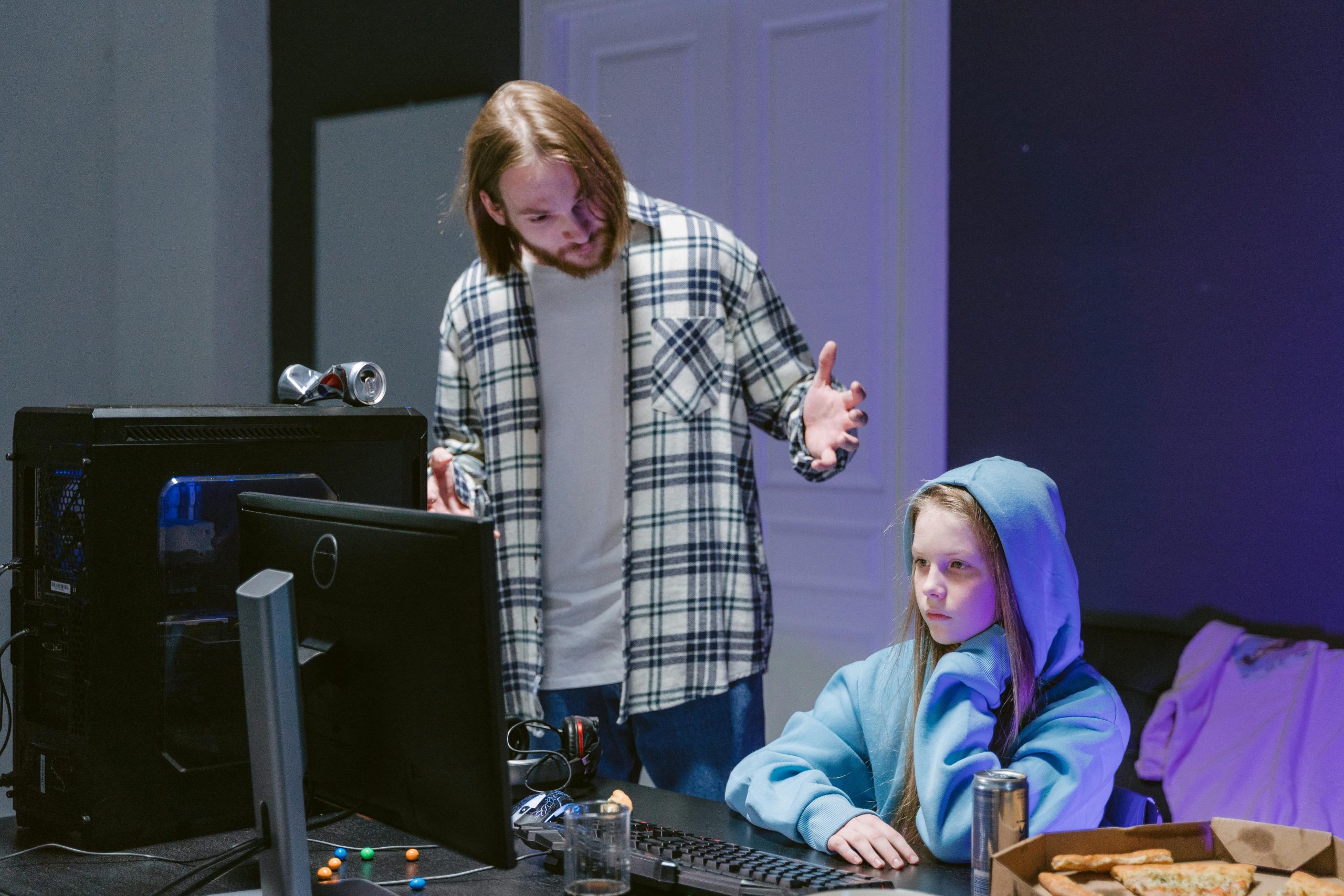Troubleshooting Azure OpenAI Integration: NVIDIA’s NeMo Guardrails V11 Causing Errors
Troubleshooting Azure OpenAI and NVIDIA’s Nemo Guardrails: A Guide to Overcoming Compatibility Issues
In recent developments within the tech community, users of Azure OpenAI might encounter compatibility challenges when integrating it with NVIDIA’s Nemo Guardrails, specifically with the transition from version 0.11.0 to 0.14.0. In this article, we’ll delve into a common error that arises during this upgrade and provide insights on how to address it effectively.
Understanding the Error
Many users have reported running into a specific error when attempting to initialize the gpt-40-mini model with the Azure provider in chat mode. The error appears to stem from an issue with the configuration settings after upgrading to Nemo Guardrails version 0.14.0. Despite initial checks confirming that all configurations from the setup folder are in order, the error still persists, causing confusion among users.
The error message typically includes a statement about missing the openai_api_key environment variable, which is crucial for model initialization. The exact error reads as follows:
ModellnitializationError: Failed to initialize model 'gpt-40-mini' with provider 'azure' in 'chat' mode: ValueError encountered in initializer_init_text_completion_model(...) for model: gpt-40-mini and provider: azure: Value error, Did not find openai_api_key, please add an environment variable OPENAI_API_KEY which contains it, or pass openai_api_key as a named parameter.
Diagnosing the Issue
If you find yourself facing this obstacle, here are a few steps to help you troubleshoot the problem:
-
Check Environment Variables: Ensure that your
OPENAI_API_KEYis properly set in your environment variables. This key is essential for the Azure OpenAI services to function correctly. If it’s missing, the model won’t initialize. -
Review Configuration Changes: Since you’re transitioning to a new version of Nemo Guardrails, take this opportunity to check the release notes and documentation for any changes that could affect model configuration. While you may not have found specific notes on the model settings, other factors—like dependencies—could impact functionality.
-
Testing with Different Versions: If the problem continues, consider reverting to an earlier version of Nemo Guardrails (like 0.11.0) to see if the issue persists. This step can help determine if the newer version introduces incompatible changes.
-
Utilize Community Support














Post Comment